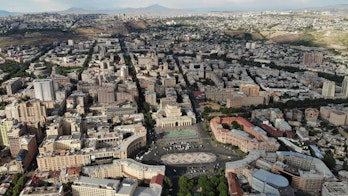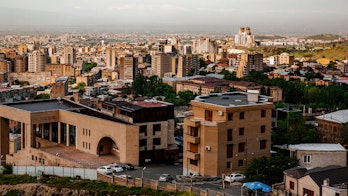Foster regional market integration and conformity with EU energy legislation
Increase resources and improve capabilities to enable the parallel implementation of Comprehensive and Enhanced Partnership Agreement (CEPA) and Eurasian Economic Union (EAEU) policies and measures. In particular, the government needs to be in a position to ensure regulatory consistency and legal certainty when approximating Armenian legislation to EU energy legislation, while at the same time setting up a common market for electricity and gas with EAEU member countries.



